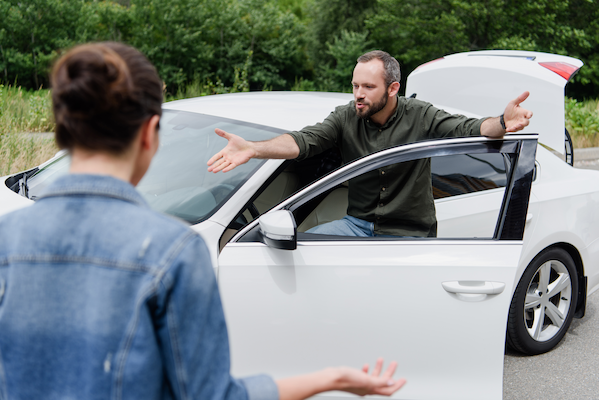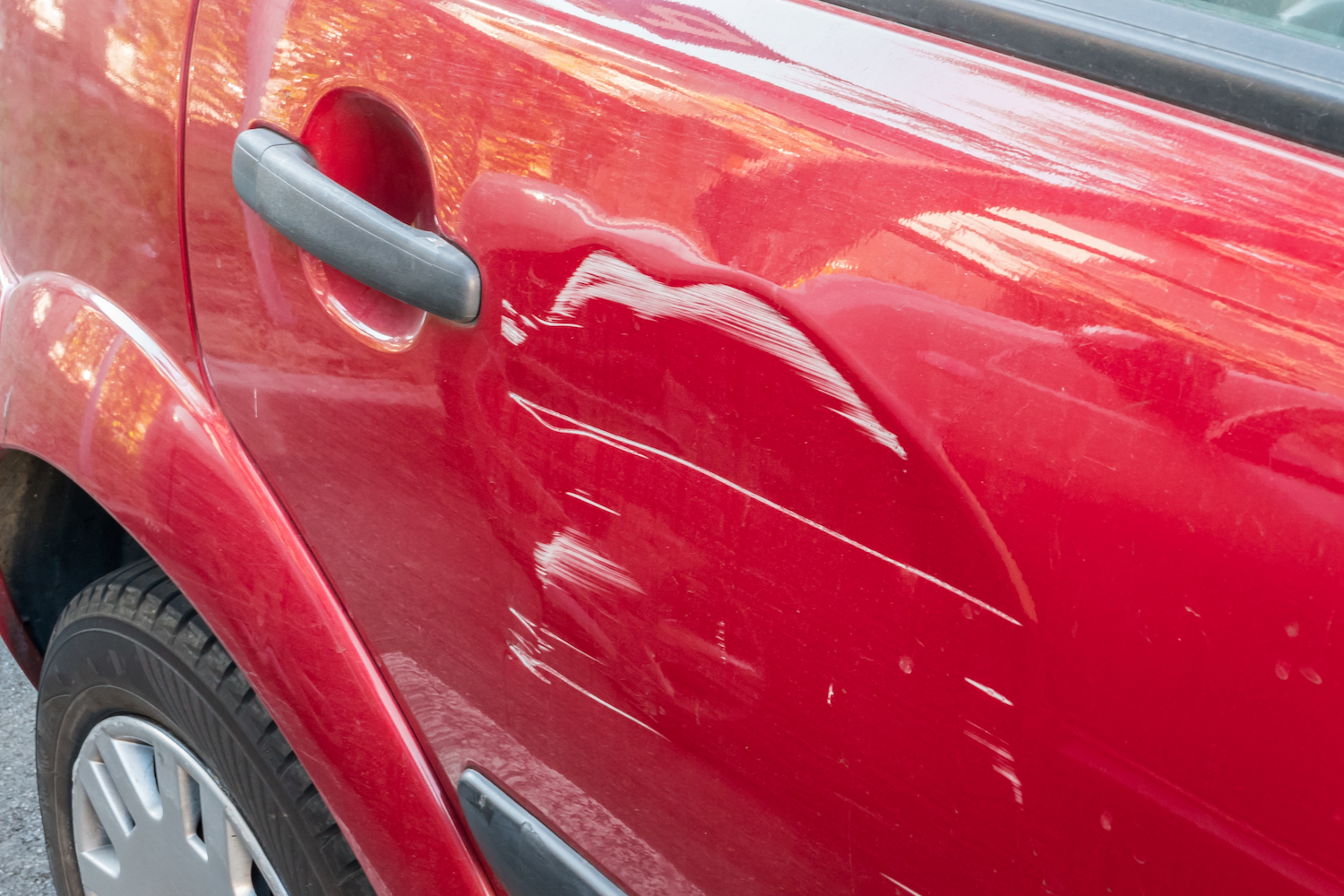A t-bone car accident, or side-impact collision, is a serious car accident where the front of one vehicle strikes the side of another vehicle directly. These car accidents are often violent due to the conditions under which they occur, accounting for 26% of auto accident fatalities across America.
Due to the circumstances under which these accidents occur, it can be challenging to determine which driver was at fault. There is rarely conclusive evidence at the scene to assist, and authorities often depend on reports given from drivers and witnesses to help make this determination.
So, what factors can determine fault in a t-bone accident?
Who has the Right of Way?
The oversimplified answer to this question is: which driver had the right of way? There are certain scenarios in which the right of way is easy to determine. For example, if a driver is pulling out of a parking lot or driveway into the flow of traffic, they will always be found at fault if an accident occurs, as it is their responsibility to ensure there is no oncoming traffic before pulling out onto the main road. However, not every situation is cut and dry. To determine which driver had the right of way, the type of t-bone accident that occurred must be taken into account.

Examples of the most common types of t-bone accidents include:
- An accident at an intersection with a traffic signal – This is the most common type of t-bone accident, which often occurs due to distracted driving or a malfunctioning traffic signal. The fault will depend on who would have had the right of way under normal driving conditions.
- Left-turn accidents – These are often high impact collisions as the oncoming car is moving at full speed. The car making the left turn will be at fault for the t-bone car accident unless the oncoming car speeds through a red light.
- Running a stop sign – These types of t-bone car accidents tend to be lower impact, as both vehicles must come to a complete stop before entering the intersection. Unless, of course, one car does not stop. The car that arrived at the intersection second and did not yield the right of way, or the car that did not stop at the intersection, will be found at fault in this situation.
- No intersection turn – These accidents occur when a car is attempting to cross a major road on a smaller through street. The car crossing the major roadway will always bear the fault in this situation as the cars traveling the straightaway have the right of way.
- Making a U-turn – The car making the turn has a duty to ensure there is no oncoming traffic before making their turn. The turning vehicle will be at fault in this situation.
Does the Other Car Share Fault?
Depending upon the circumstances of the accident, the driver who had the right of way may share fault. As a licensed driver, the driver with the right of way has a duty to pay attention to the road and anticipate what other drivers may do. If they fail this duty, they will share a percentage of the fault in the accident. This percentage will be deducted from the total damages awarded in a t-bone car accident case.
Some examples which will result in shared blame include:
- The driver with the right of way fails to turn on their headlights when it is dark, severely limiting visibility.
- The driver is speeding, making it difficult for the second driver to gauge how much time there is to turn.
- The driver is distracted by texting, making a phone call, managing a child in the back seat, etc.
- The driver is driving under the influence of alcohol or drugs.
- The driver did not properly maintain their car for use on the road, and it has a brake or mechanical malfunction which results in their inability to avoid an accident.
- If the other driver crosses many lanes of traffic before the T-bone car accident, the driver with the right of way should have seen what they were doing and corrected their own course to avoid an accident.
Typical Injuries Resulting From a T-bone Car Accident
Due to the nature of the impact, a t-bone car accident can have a particularly challenging set of injuries associated with it. As the impact from the car that causes the collision happens from the side, the force of it can move the head and neck in different ways than another type of car accident. The seatbelt also often has a greater impact on these collisions. As seatbelts are designed to hold the passenger in place, the neck and shoulders twist around the restriction.

Some typical injuries that may result from a T-bone accident include:
- Neck and spinal injuries
- Traumatic brain injuries
- Shoulder fractures
- Hip and pelvic fractures
- Femur, tibia, and fibula fractures
- Scars, burns, or severe lacerations
- Paralysis
- Death
What Should You Do if You are Involved in a T-bone Car Accident?
First, ensure that the authorities arrive on the scene to document the accident. As the evidence surrounding this type of accident is often used to determine fault, there needs to be an official record of the accident which clearly documents the circumstances. To the extent to which you are able, try to provide the most detailed explanation you can of what happened to the officer from your perspective. Try to remain calm, as the officer will take into account which driver sounds more credible when writing the report.
Next, it is important to seek medical treatment. As T-bone car accidents are often violent impacts, the drivers involved may be transported from the scene via EMS, but this is not always the case. The nature of this type of accident can cause severe trauma to the body, particularly for the driver of the car that is hit from the side, because the impact will force their spine and neck to twist in unnatural ways. Traumatic brain injuries can also occur. Victims of a T-bone car accident, regardless of the severity of the impact, need to seek medical treatment as soon as possible.
Finally, hire a personal injury attorney to handle your claim. It is not advisable to handle this type of claim yourself, as much of the evidence will be circumstantial. An experienced attorney will be able to protect your case and make sure you are fairly compensated for your damages. They will also be able to help you navigate the entire process of returning to your normal. From assisting with property damage to helping you find appropriate medical treatment to answering any questions you may have, hiring a personal injury attorney after a t-bone car accident is highly recommended.
How Carey Leisure Carney Can Help
At Carey Leisure Carney our board-certified trial attorneys have represented many victims of T-bone car accidents in their claims. With 100+ years of experience between our attorneys, your claim will be in good hands. Let our team of personal injury law experts handle your claim, and make sure you receive the compensation you deserve. Contact us online or call (727) 799-3900 for your free consult today!
